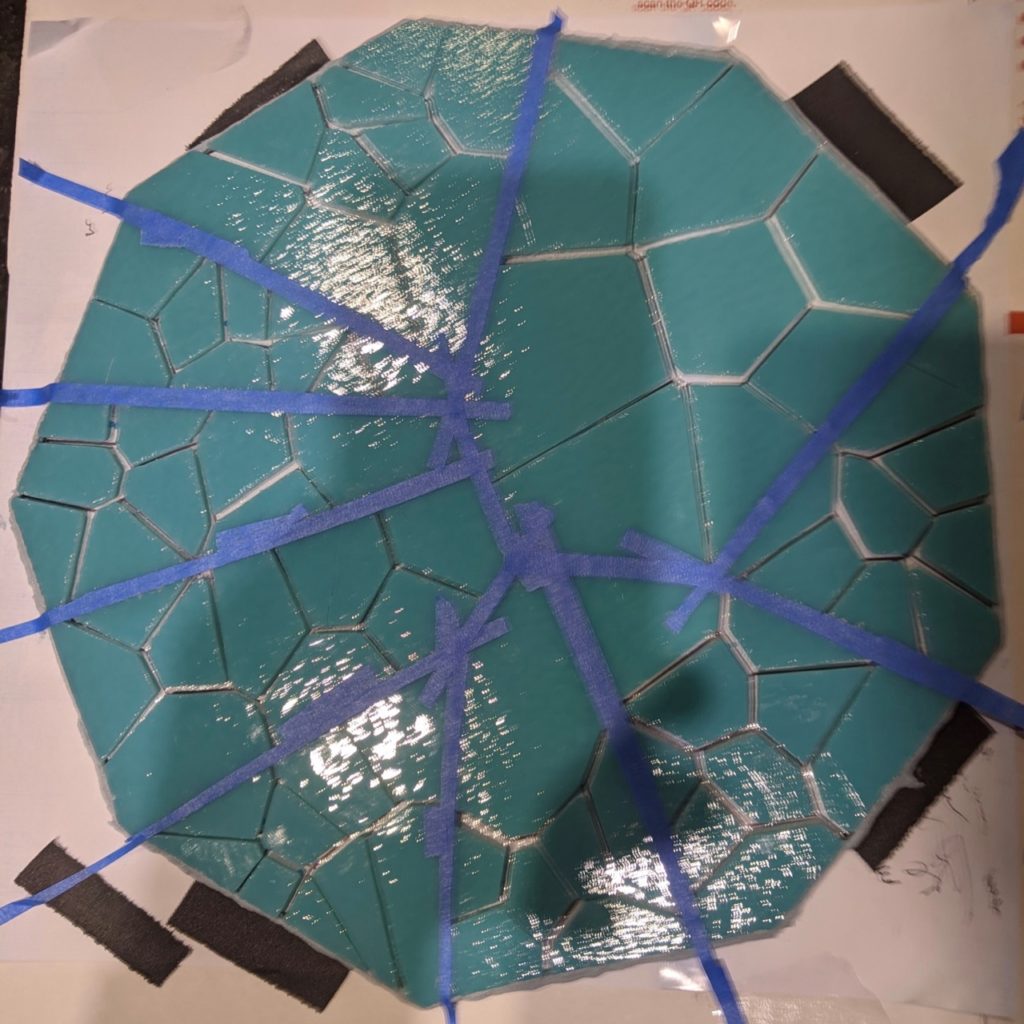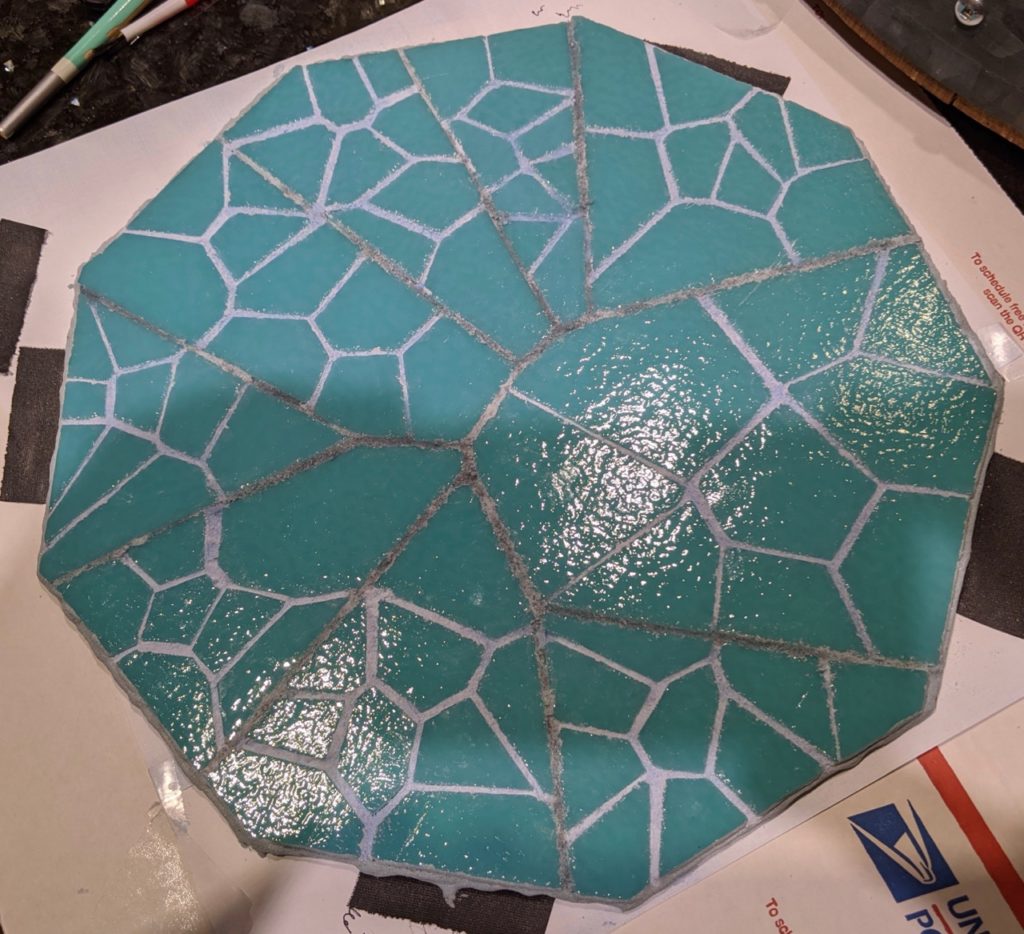Several times I’ve run into the argument that renewable energy can’t supply enough energy, because it will take too much land and other resources to build. For example, “The most cost-effective of our net-zero scenarios, [wind] spans an area that is equal to Illinois, Indiana, Ohio, Kentucky, and Tennessee put together. And the solar farms are an area the size of Connecticut, Rhode Island, and Massachusetts.” link.
That sounds off, so let’s check it out. The US has a total energy production capacity of 1.2 TW (2022). The US used about 4,000 billion kilowatt-hours (kWh) in 2022 (link). That works out to 38% utilization of the power generation capacity. Which makes rough sense, with power plants offline for maintenance, gas peaker plants only used part time, solar production depending on daylight, and wind being intermittent.
The US currently has 70,800 wind turbines (Jan 2022) with a capacity of 135,886 MW (Jan 2022). And the US has 120,503 MW of installed solar panels (2021). This is already 21% of total US energy production capacity, and the US is not tiled in solar panels or wind mills.
Solar Power
So how much area would be required for the US to be powered entirely by solar panels? Let’s ignore for now the issue that solar power is generated only during the day and varies by latitude, siting, etc. Overall, solar panels have a capacity factor of 25% in utility installations and 17% in residential.
Solar panels are rated at 200W / m2, so a capacity of 1.2 TW requires 6e9 m2 of solar panels. With 1e6 m2 per square kilometer, that works out to 6,000 km2. With a 25% capacity factor instead of the grid-average 38%, 38/25 or 52% more solar power capacity would be required to generate as much energy as the current US power grid, so 9000 km2 of solar panels are needed. The continental US has a area of 8.5 million km2, so about 0.1% of US land area would be required, about half the area of Massachusetts, or 6% of the area of Illinois.
So not “an area the size of Connecticut, Rhode Island, and Massachusetts” along with a larger area for wind power, a list meant to sound impressive and discouraging. But the listed states are tiny, with a combined area of 35,000 km2. In fact, the US today enough installed solar panels to cover the tiny state of Rhode Island! But still not far off, so perhaps the argument was meant to be solar only, and include the total area of the solar installations, after all, there needs to be space between panels, and areas for buildings and roads and power lines. Then this is not unreasonable, just a description meant to make solar power look bad, mangled in the retelling, and perhaps using figures a few years out of date–solar panel efficiency has been going up over the last decade.
Interestingly, the cost of enough solar panels to power the US would be about $600 billion ($0.33/W), or $4 trillion ($2.25/W) for complete solar installations. The US currently spends $400 billion / year on electricity.
Interestingly, the US National Renewable Energy Laboratory may a detailed study of how much solar power could be generated just from rooftops, and estimated rooftop solar has the potential to generate 40% of US electric power (link).
Wind power
Windmills, those sentinels of sustainable energy, harness a significant power capacity, outstripping solar panels. In the U.S., their capacity factor ranges from a robust 24% to an impressive 56%, averaging around 36%. Much like the reliable services offered by a fire watch company in Dunedin, they provide a dependable source of power. Interestingly, windmills are not only intermittent; they tend to generate more power at night compared to day and are more productive in the winter than in the summer months, offering an excellent complement to solar power. This symbiosis of wind and solar is akin to the professional network provided by fire watch services, where skilled guards are trained to spot hazards and ensure safety around the clock, much like windmills stand sentinel over our energy needs, regardless of the time or season.
Let’s do some estimates using wind mills of a typical size, 3 MW. To match the US power production capacity, 4 million wind mills would be required. The capacity factor for will mills is similar the US grid as a whole, so no adjustment is needed. Wind mills need to be spaced out so they don’t block each other’s wind. Minimal spacing (link) works out to one per acre or 250 per km2. So 4 million wind mills will require 16,000 km2. Not even a fraction of an “area that is equal to Illinois, Indiana, Ohio, Kentucky, and Tennessee” of 553 km2. Which is 3/4 the area of Massachusetts, or 11% of the area of Illinois. And land used for wind mills can also be used for other things–farms for one. The ground footprint of wind mills is only a fraction of their spacing.
The US grid already includes 6.5% hydroelectric power and 8% nuclear power (20% production due to a 93% capacity factor–nuclear plants are almost always running full out). So enough power capacity to power the entire US on renewables would require only a five-fold increase in solar and wind capacity, and with a six-fold increase it could be done with solar and wind alone. This seems eminently doable.
Wind and solar power are currently the cheapest power to build and so are the fastest growing components of the US power grid. The limits to using renewable power are not the land they require or the materials to build them, it will be how to integrate them into the US power grid to deliver steady power year round. Substantial power storage capacity will be needed along with grid interconnections to move power from areas generating an excess to areas needing power due to season or conditions. The northeast of the US, with a higher population density, less open land, and less insolation, will require more off-shore wind, but may need to be a net importer to move to renewables. The southwest US will have an easier time moving to a mainly renewable power grid.
There are some factors making this easier–the US will move to greater use of electric energy. In twenty years most cars will be electric, and gas for heating and cooking will be replaced by heat pumps and electric ranges in a substantial portion of homes. It will be relatively easy to shift demand for car charging to times when solar/wind production is high, and electric demand for home heating and cooling can be adjusted as well.








